Kozaklı
Kozaklı is the district of Nevşehir known for its thermal springs. It is the farthest district from Nevşehir, the city center. There are 30 settlements in the district, 24 of which are villages. The district's distance to Nevşehir, the provincial center, is 85 km, and the average distance to the surrounding provinces Kayseri, Kırşehir and Yozgat is 90 km. The district was founded in 1954 by the merger of Hamamorta, Buruncuk, Bağlıca and Kozaklı villages, which are located close to each other. The name of the district comes from the Kozaklı Village, which was united in its establishment. The population of Kozaklı district is of Turkmen origin and consists of (Kızılkoyunlu-Akçakoyunlu-Yabanlı) tribes. In addition, the ACIÖĞÜNLÜ (or Ağrıön) tribe, which was settled in the northern regions of Nevşehir following the settlement policy of the nomads living in the Taurus Mountains in the late 18th century, is one of the important and deep-rooted nomad tribes of the district. There are settlements in many villages, especially Hacıfaklı village. It is not known exactly where the name Kozaklı comes from. There are various narrations regarding this subject. Some of these narrations are as follows; A person named Kozoğlu, whose tomb still exists in the district, created a bath here by surrounding the hot water with rocks. It is understood from the inscriptions on the mausoleum stones that the bath was named Hamamorta because it was located in the middle of the surrounding villages. According to the examination of the stones, it is rumored that a person named Kozoğlu lived during the Seljuk period and the name of the district came from this person. A nomad lord named "Kozak", one of the nomads living in all parts of Anatolia, from the Aydın region, went out with his extended family members to look for a homeland and pasture for his animals, and settled in the "Kozaklı Village", which is known by its current name and was a forested area at the time. The name Kozaklı is found in different cities and districts (e.g. İskenderun, Manisa, etc.). It is widely accepted that the first place of accommodation and accommodation was Adana Kozan (fog sanjak) and since they spread from there towards the inner and western regions, the name Kozaklı comes from the name of this brain. It is also rumored that the steam rising from the hot springs within the borders of today's Kozaklı district resembles a cotton cocoon, so people stayed here, resembling it to a cocoon, some stayed here, and some families migrated further west and north. Kozaklı district is approximately 25 km away from Topaklı, located on the Ankara-Kayseri highway. It is possible to find a bus to every city in Turkey via the Ankara-Kayseri highway, with bus services operating at certain hours from the district center. It is possible to come to Topaklı, located on the Ankara-Kayseri highway, from all over Turkey and reach the district from there by Kozaklı district buses. Additionally, there are hourly bus services from the district to Nevşehir and Kayseri. It is also possible to reach the towns of Karasenir and Kanlıca, located on the Ankara-Kayseri Railway route, by train and from there to the town with the municipal buses belonging to the towns. According to the classification of the German Thermal Springs Association, Kozaklı Thermal Springs contain Sodium, Calcium and Chlorine and are included in the group A and C healing waters. Water temperature varies between 27 °C and 93 °C. Thermal springs and springs, which have an important place in health tourism, have become prominent in Kozaklı district with the investments made in recent years. 30 hotels and motels, which include activities for health tourism in the tourist accommodation facilities in Kozaklı District of Nevşehir, one of the most important thermal health centers of Turkey, provide service with a bed capacity of 9000. In addition to the thermal springs providing private services, there are also thermal springs belonging to the Kozaklı municipality. In this way, services suitable for every budget are offered to citizens.




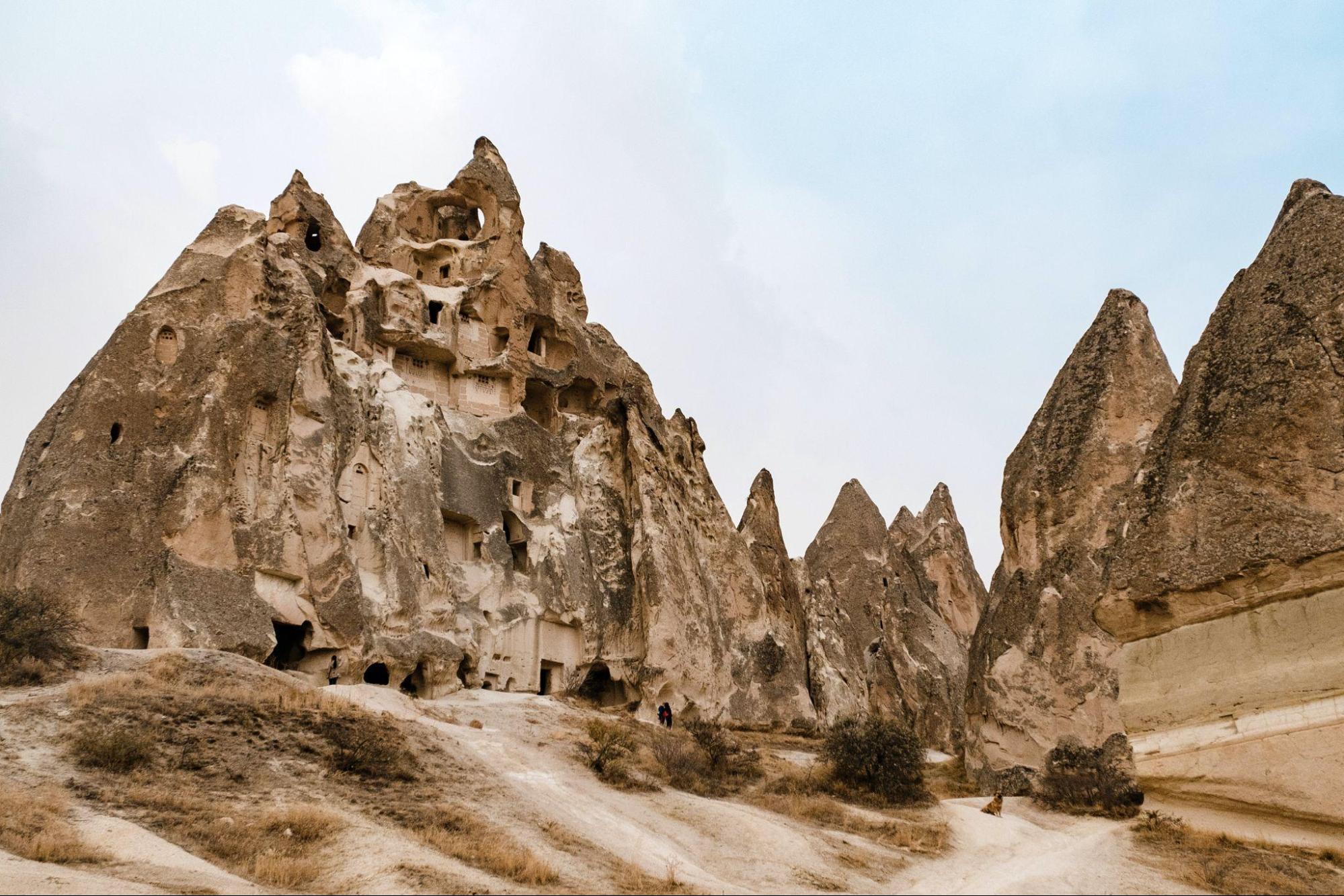
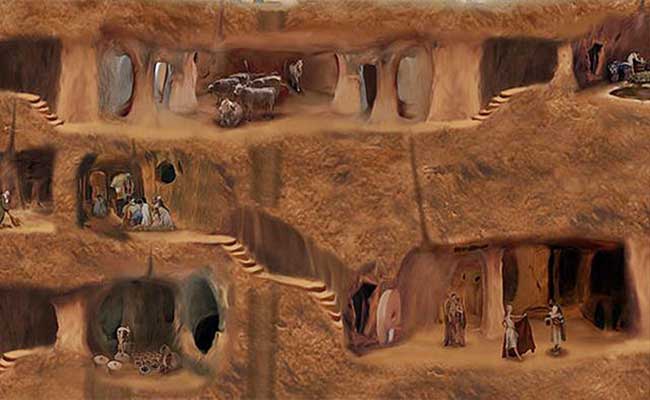
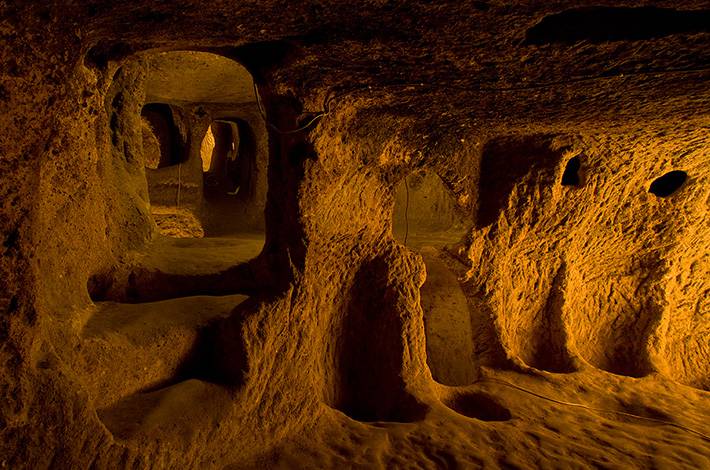
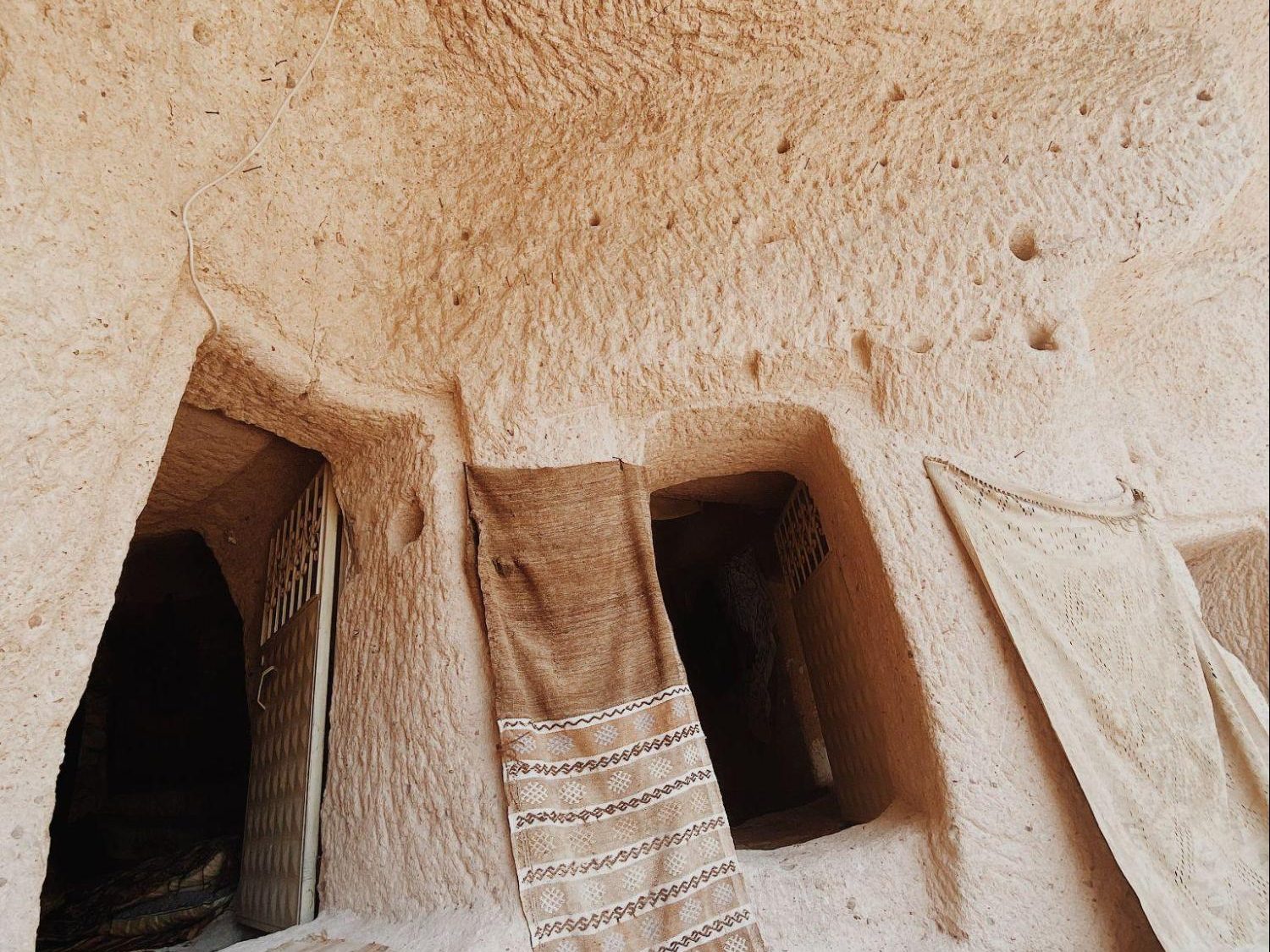
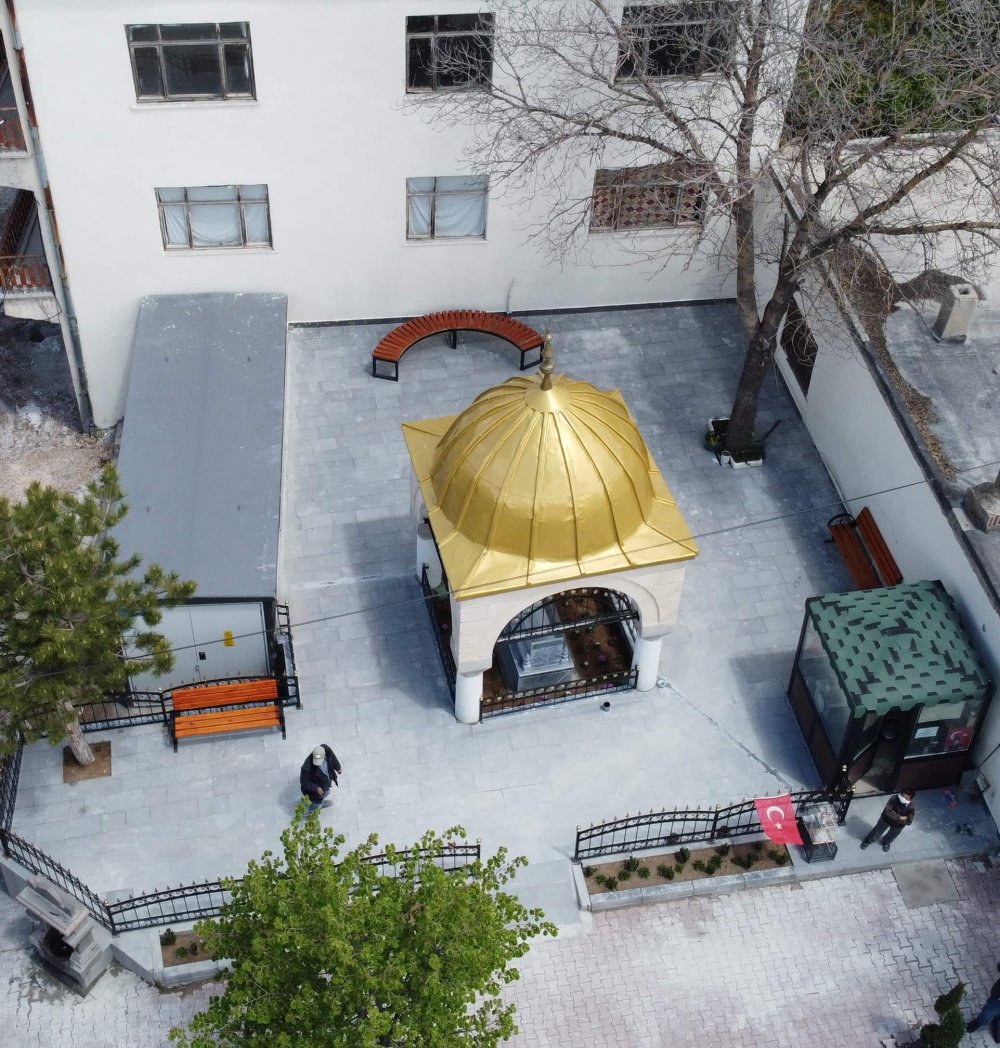
Leave Your Comments